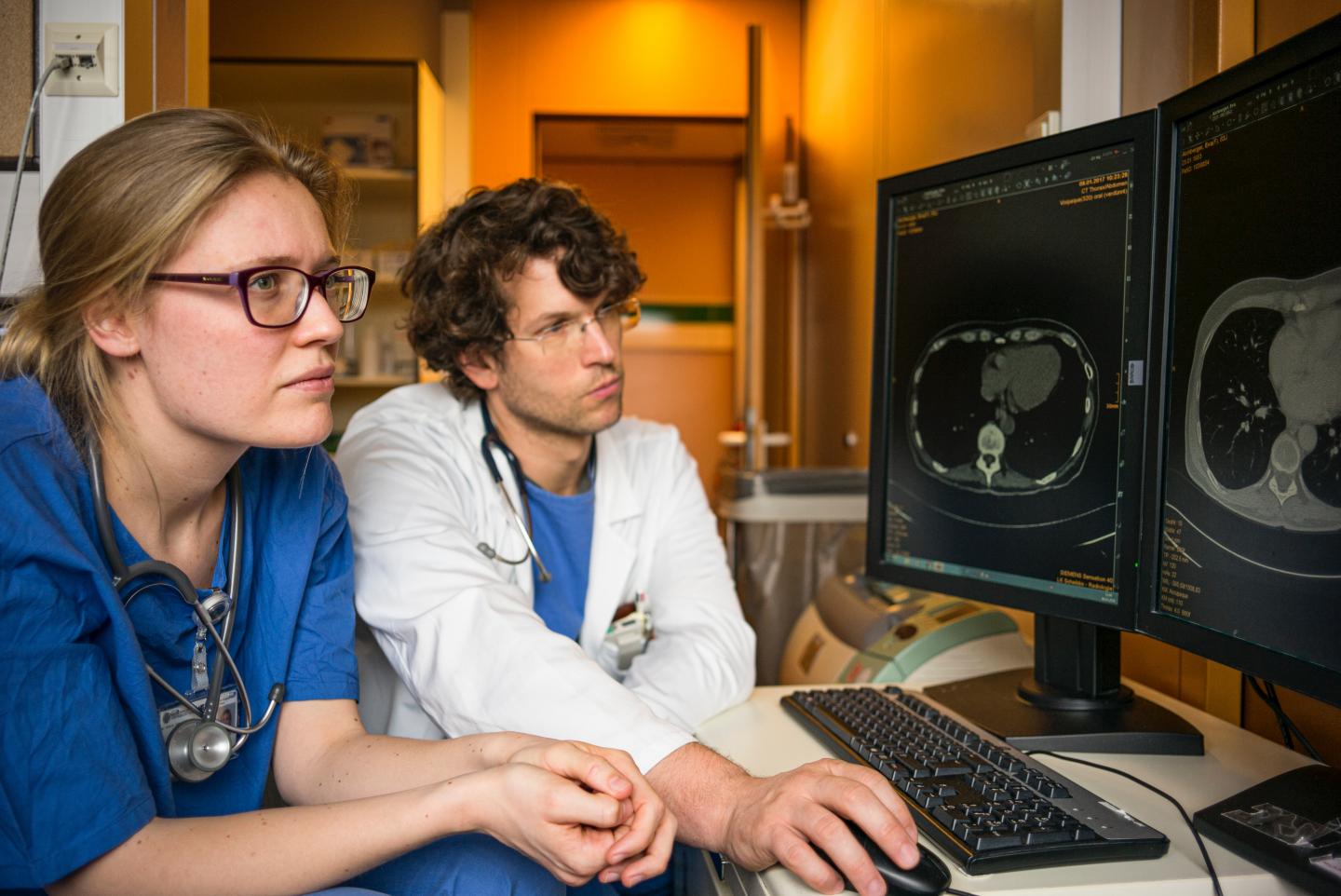CERN’s Know-How
- CERN develops cutting-edge technologies in a wide range of domains and has significant experience in applying this know-how to medical applications.
- Design and characterization of high spatial resolution, fast timing detectors, uses in hadron therapy and medical imaging.
- Decades of experience in simulation, design, construction and operation of accelerators. Bespoke hardware and software for acceleration, diagnostics, beam control and monitoring.
- Significant experience in ML, data storage and analysis. Early adopters of neural network techniques and cloud-based data analysis. Expertise in simulations of particle transport and interactions with matter.
- CERN has applied its core expertise to push the boundaries of hadron therapy, contributing to the design and construction of two out of the four dual ion centres in Europe.
- On-site production of isotopes, with a unique capability to produce unconventional medical radioisotopes.
- Over 50 years of experience in development of PET technologies.
- Hybrid pixel detector technology was developed for particle tracking at CERN and has enabled high resolution, color X-ray CT imaging.
- Particle physicists were among the first to use machine learning and CERN has significant expertise in big data storage, processing and analytics.
Facts & Figures
- 1977: First PET image taken at CERN.
- 1980’s: Start of medical accelerator development at CERN.
- 2002: CERN starts using grid computing for medical applications.
- 2018: First 3D colour X-ray image of the living human body taken by MARS Bioimaging, using Medipix technology.
Value Proposition
Read more about General Medical Applications here.

